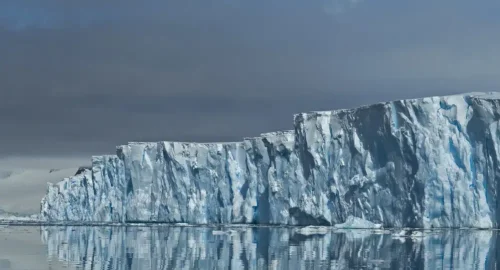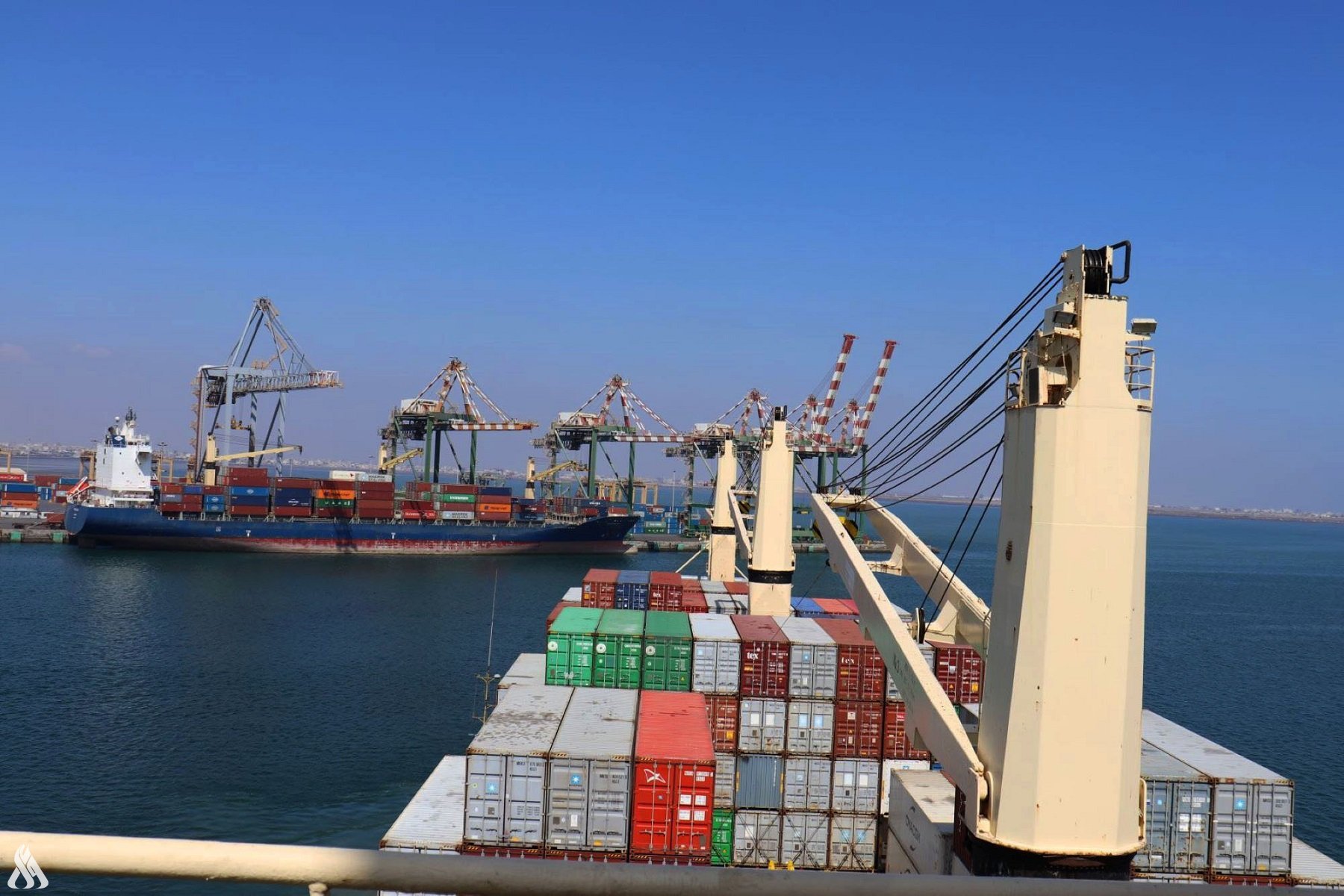
Antarctica’s 'doomsday' glacier is heading for catastrophic collapse

- 21-09-2024, 17:45
INA - SOURCES
As a six-year investigation into the Thwaites glacier in Antarctica wraps up, the scientists involved are pessimistic for the future of this glacier and the consequences for sea level rise.
A six-year investigation into the vast Thwaites glacier in Antarctica has concluded with a grim outlook on its future.
Often dubbed the “doomsday glacier”, this huge mass of ice is comparable in size to Britain or Florida and its collapse alone would raise sea levels by 65 centimeters.
Still, this is expected to trigger a more widespread loss of the ice sheet covering West Antarctica, causing a calamitous sea level rise of 3.3 meters and threatening cities like New York, Kolkata and Shanghai.
It is an extremely remote and difficult area to get to, but the International Thwaites Glacier Collaboration (ITGC), a joint UK-US research program, has managed to deploy 100 scientists there over the past six years, using planes, ships and underwater robots to study the dynamics of this ice in detail. “It was a tremendous challenge, and yet we really learned a lot,” says Ted Scambos at the University of Colorado Boulder.
These discoveries include the fact that Thwaites glacier is particularly vulnerable, as it rests on a bed of rock that is well below sea level and is being melted from the underside by warmer seawater.
What’s more, the bedrock slopes downwards toward the interior of the ice sheet, so, as the glacier retreats, even more ice is exposed to warm seawater, threatening to accelerate the collapse.
Al-Maliki: Iraq Managed the Electoral Process Smoothly
- politics
- 05:18
Al-Sistani: Tomorrow, the 29th of Ramadan
- Local
- 25/03/29
Al-Amiri warns of any war between Iran and the US
- politics
- 25/04/01












